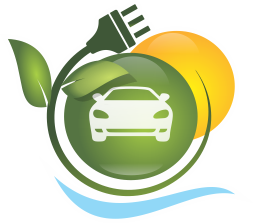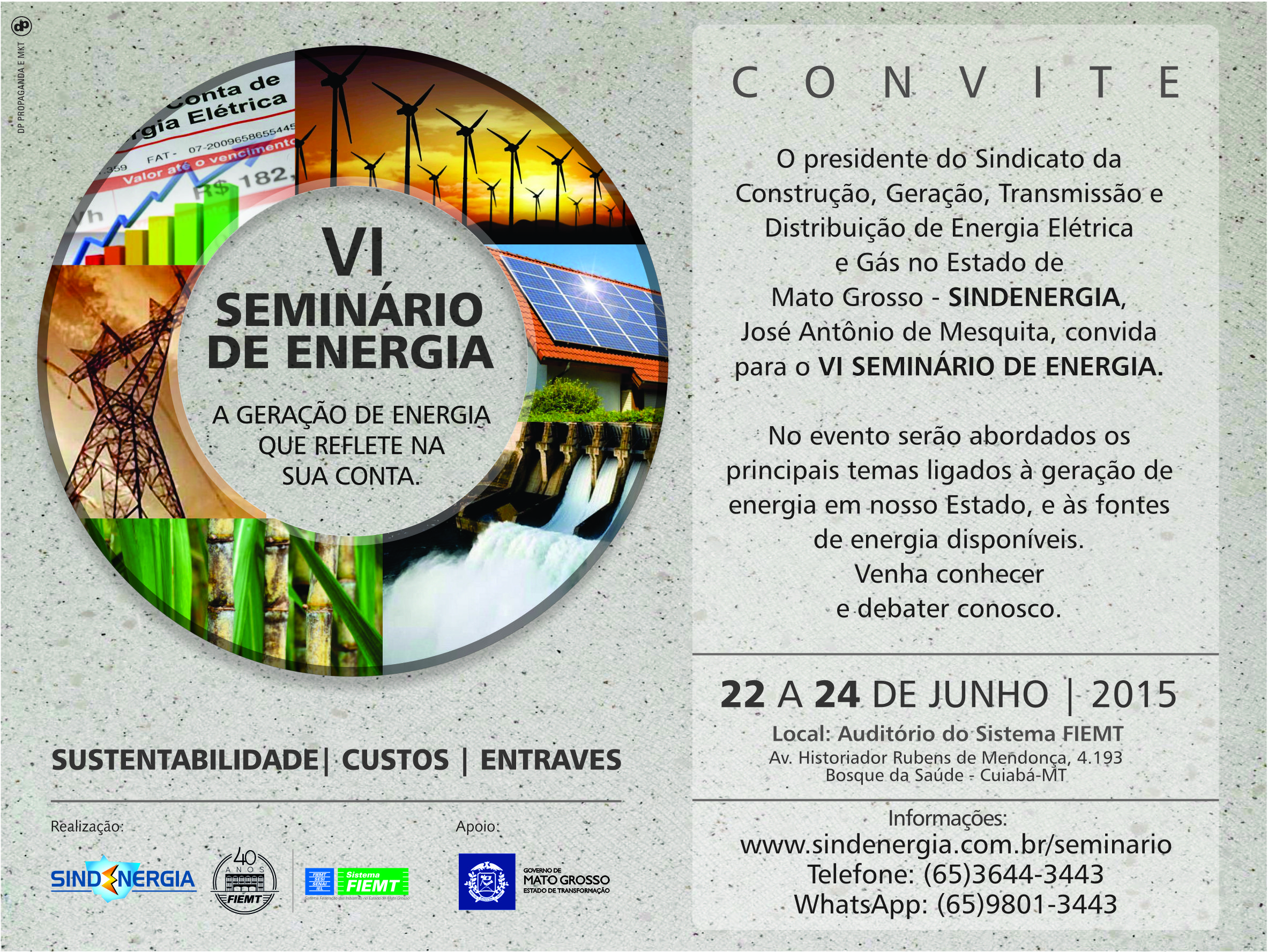Fonte: ANEEL

CLIC Energia publishes the sixth of 30 projects selected for the 4th Edition of R&D Magazine, launched 8/17, during the VI Congress on Technological Innovation in Electrical Energy (CITENEL) and the II Energy Efficiency Seminar in the Electric Sector (SEENEL), held in Fortaleza (CE). The sixth article, by AES Eletropaulo, presents a system that helps in the optimal planning for the multiple uses of rivers used in hydroelectric generation. The articles can be consulted in their entirety here(R&D Magazine 4th Edition). The onsite publication accompanies the order used in the magazine. The objective is to show society the results achieved with R&D projects. (GL/DB).
Read what has already been published.
ANEEL launches fourth edition of the R&D magazine on the first day of CITENEL
Get to know R&D projects developed in the electric sector
R&D Magazine:Photo sensor aids in environmental monitoring
R&D Magazine:CHESF improves alarm system for diagnosing faults
R&D Magazine: Project brings proposal for allocating transmission losses
R&D Magazine:spillway model using steps reduces kinetic energy at plants
TOP
|








